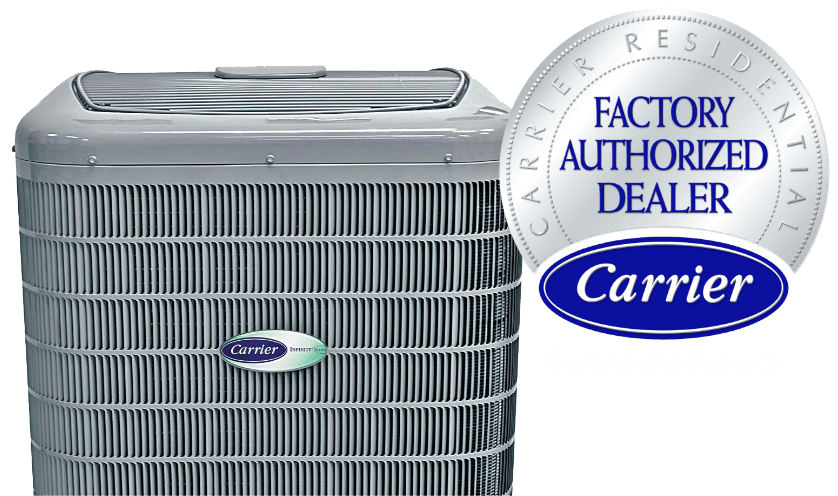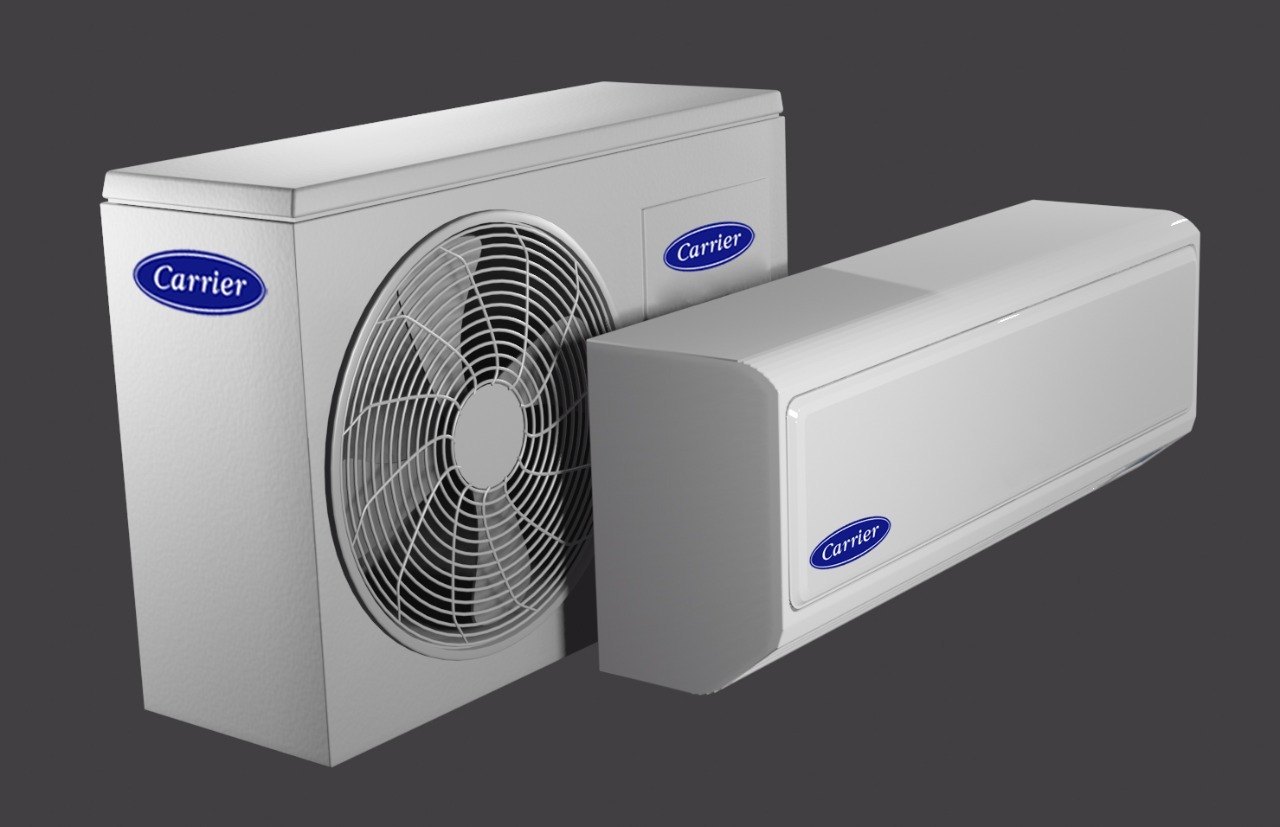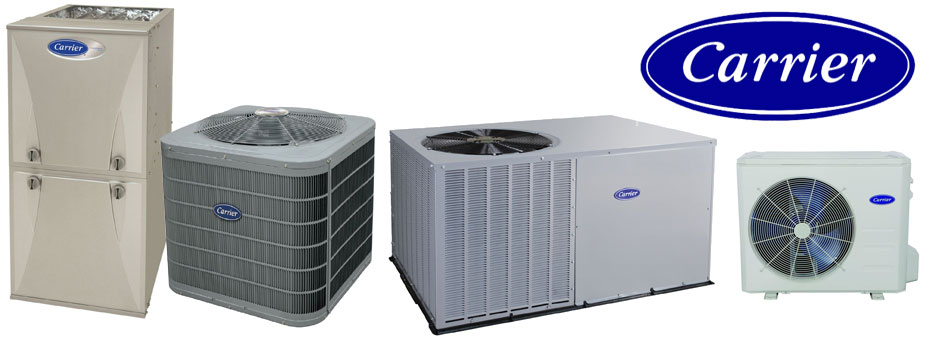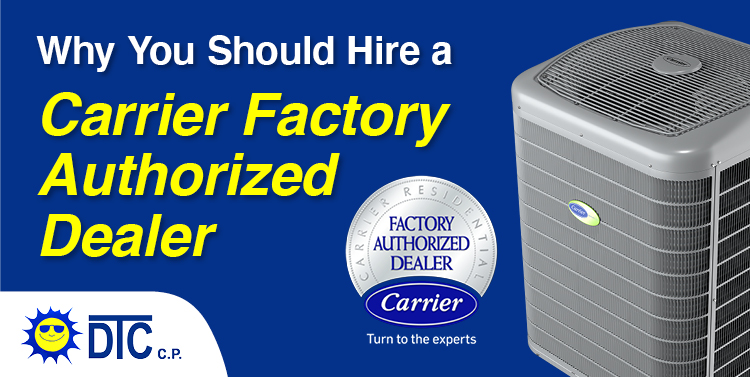Carrier Air Conditioning Dealers Near Me

Finding reliable "Carrier Air Conditioning Dealers Near Me" often stems from an unexpected AC malfunction. Imagine a sweltering summer day, and suddenly, your Carrier AC unit stops cooling effectively. Before frantically searching for a repair service, let's walk through some common issues you can diagnose and potentially resolve yourself. This guide focuses on empowering you with knowledge and simple troubleshooting steps, while clearly outlining when professional help is essential.
Identifying the Problem: No Cold Air
The most frequent complaint is simple: your AC is running, but it's blowing warm air. This isn't just uncomfortable; it indicates a problem that, if ignored, could lead to further damage. Let's break down the troubleshooting process.
Step 1: Check the Thermostat
This might sound obvious, but it's the most common culprit. Ensure your thermostat is set to "Cool" and the temperature is lower than the current room temperature. Verify the batteries are functioning correctly, especially in digital thermostats. A weak or dead battery can lead to inaccurate readings and prevent the AC from kicking on properly.
DIY Fix: Replace the thermostat batteries or adjust the settings to ensure it's calling for cooling.
Step 2: Inspect the Air Filter
A dirty air filter is a primary cause of reduced airflow and poor cooling performance. A clogged filter restricts airflow, forcing your AC unit to work harder and potentially causing it to overheat or freeze up. It's crucial to regularly check and replace your air filter, typically every 1-3 months, depending on usage and air quality.
DIY Fix: Locate your air filter (usually behind a return vent grill), remove the old filter, and replace it with a new one of the correct size and type. Ensure the arrow on the filter points in the direction of airflow.
Step 3: Examine the Outdoor Unit (Condenser)
The outdoor unit, or condenser, is responsible for releasing heat from your home. Obstructions around the unit can hinder its ability to function correctly. Check for anything blocking the airflow, such as overgrown bushes, debris, or even a pile of leaves. Also, look for damage to the fins. Bent fins reduce the efficiency of the unit.
DIY Fix: Clear away any debris or obstructions around the condenser. Gently straighten bent fins with a fin comb (available at most hardware stores). Be careful not to damage the fins further.
Step 4: Check the Circuit Breaker
Sometimes, a power surge or overload can trip the circuit breaker that supplies power to your AC unit. Locate your electrical panel and check for a tripped breaker (it will be in the "off" or a middle position). The breaker should be labeled for the AC unit, either "AC," "HVAC," or something similar.
DIY Fix: Turn the breaker completely off and then back on. If the breaker immediately trips again, do not continue to reset it. This indicates a more serious electrical problem that requires professional attention.
Step 5: Inspect the Condensate Drain Line
Your AC unit produces condensation, which needs to drain properly. A clogged condensate drain line can cause water to back up, potentially triggering a safety switch that shuts down the unit. Look for a PVC pipe near your indoor unit (often near the furnace or air handler) and check for any signs of blockage or water leakage.
DIY Fix: Locate the drain line opening (usually on the exterior of your house) and carefully use a wet/dry vacuum to suck out any clogs. You can also try pouring a cup of diluted bleach (1 part bleach to 10 parts water) into the drain line to help clear any algae or mold buildup. Avoid using harsh chemicals that could damage the system.
When to Call a Professional Carrier Dealer
While these DIY steps can resolve many common AC problems, there are situations where professional intervention is absolutely necessary. Attempting to fix complex issues yourself can be dangerous and potentially void your warranty. Here are some key indicators that it's time to contact a qualified "Carrier Air Conditioning Dealer Near Me":
- Refrigerant Leaks: Refrigerant is essential for cooling. If you suspect a leak (e.g., ice buildup on the evaporator coil, hissing sound), do not attempt to handle it yourself. Refrigerant is a regulated substance, and handling it requires specialized equipment and training.
- Electrical Issues: Repeatedly tripping breakers, burning smells, or any signs of electrical arcing are serious hazards. Immediately turn off the power to the unit and call a qualified electrician or HVAC technician.
- Compressor Problems: The compressor is the heart of your AC unit. If it's making unusual noises (loud banging, grinding), failing to start, or overheating, it likely needs professional repair or replacement.
- Frozen Evaporator Coil: While a dirty air filter can cause a frozen coil, other underlying issues, such as refrigerant problems or a faulty blower motor, could also be the culprit. If cleaning the filter doesn't resolve the freezing, call a technician.
- Unfamiliar Noises: Grinding, screeching, or banging sounds indicate mechanical problems within the unit. Continuing to run the AC with these noises can cause further damage.
- Unit is Old: If your Carrier unit is nearing the end of its lifespan (typically 10-15 years), it may be more cost-effective to replace it rather than continually repair it. A qualified dealer can assess your system and recommend the best course of action.
- You are Uncomfortable Working with Electricity: If you are at all uneasy working with electrical components, calling a pro is always the best choice. Your safety is paramount.
Finding a Reputable Carrier Dealer
When you need professional help, finding a reputable Carrier dealer is crucial. Look for dealers who are licensed, insured, and certified. Check online reviews and ratings to gauge their reputation and customer satisfaction. Ask for references and contact them to inquire about their experience with the dealer. Carrier's website usually has a "Find a Dealer" tool that can help you locate authorized dealers in your area.
Here's what to consider when choosing a Carrier dealer:
- Experience and Expertise: How long has the dealer been in business? Do they specialize in Carrier products?
- Certifications and Training: Are their technicians certified and trained to work on Carrier equipment?
- Warranty and Guarantees: What warranties do they offer on their work and parts?
- Pricing and Estimates: Obtain multiple estimates from different dealers to compare pricing and services.
- Responsiveness and Communication: Are they responsive to your inquiries and clear in their communication?
Preventative Maintenance
The best way to avoid AC problems is through regular preventative maintenance. Schedule annual or bi-annual checkups with a qualified Carrier dealer. During these checkups, the technician will inspect and clean the unit, check refrigerant levels, lubricate moving parts, and identify any potential issues before they escalate into major problems. Proper maintenance can extend the lifespan of your AC unit and improve its efficiency, saving you money on energy bills.
DIY Maintenance: Beyond professional checkups, you can perform some basic maintenance tasks yourself, such as regularly cleaning the outdoor unit, changing the air filter, and ensuring proper airflow around the unit.
Conclusion: Empowering You to Take Control
By understanding the common issues that can affect your Carrier AC unit and following these troubleshooting steps, you can often resolve minor problems yourself and avoid unnecessary service calls. However, it's essential to recognize the limitations of DIY repairs and know when to call a professional. A qualified "Carrier Air Conditioning Dealer Near Me" can provide expert diagnosis, repair, and maintenance services, ensuring that your AC unit operates efficiently and reliably for years to come. Remember, safety is always the top priority. When in doubt, always consult with a professional.
Furthermore, consider investing in a smart thermostat. These thermostats can provide valuable data about your AC system's performance, alerting you to potential problems early on and helping you optimize energy usage. By combining DIY troubleshooting with professional maintenance and smart technology, you can keep your Carrier AC unit running smoothly and enjoy cool comfort all summer long.










